Majestic mountains meet in Northern Pakistan
Where the Karakoram, Himalayas, and Hindu Kush Meet: The Greatest Mountain Junction on Earth
In the northern region of Pakistan, a breathtaking phenomenon unfolds—a natural convergence of three of the world’s mightiest mountain ranges: the Karakoram, the Himalayas, and the Hindu Kush. This tri-junction is not only a geological marvel but also a treasure trove of biodiversity, culture, history, and adventure tourism.
At the heart of this intersection lies Gilgit-Baltistan, a region that encapsulates the essence of high-altitude exploration and remains a cornerstone for trekking expeditions and nature tourism in Pakistan.
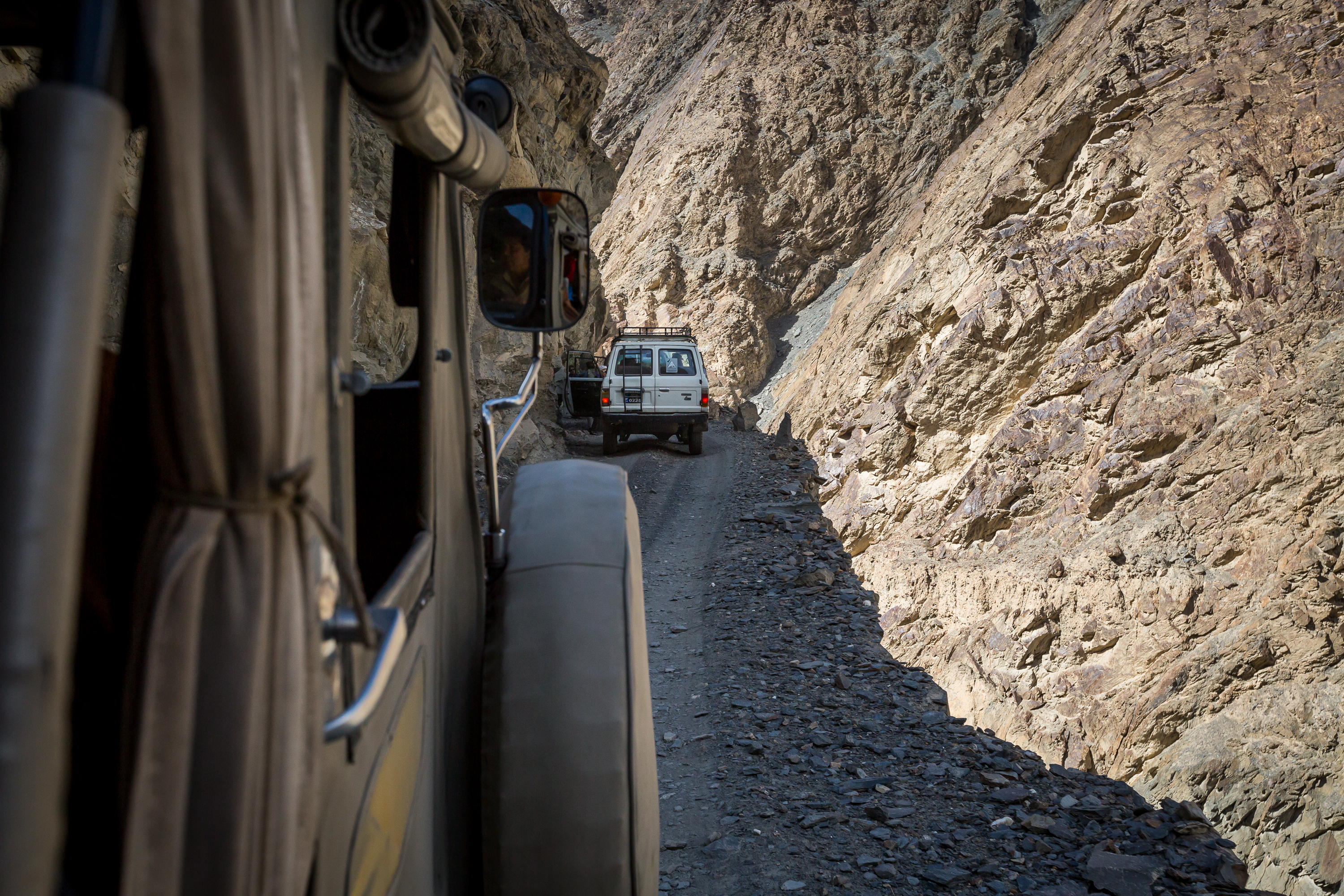
Overview of the Great Ranges
Karakoram Range:
- The Karakoram is the second-highest mountain range globally and Pakistan's highest.
- Home to K2 (8,611 m), Broad Peak, Gasherbrum I & II, and the Baltoro Glacier, one of the largest glaciers outside the polar regions.
- Primarily located in Gilgit-Baltistan, it extends into China and India.
- It’s renowned for technical climbing routes, massive glaciated valleys, and dramatic scenery.
Himalayas:
- The Himalayas are best known for Mount Everest but in Pakistan, the range culminates at Nanga Parbat (8,126 m), also known as the "Killer Mountain".
- Found largely in Azad Jammu & Kashmir (AJK), the Pakistani Himalayas offer lush meadows, lakes like Ratti Gali, and remote alpine trails.
- These ranges extend across India, Nepal, Bhutan, China, and Pakistan.
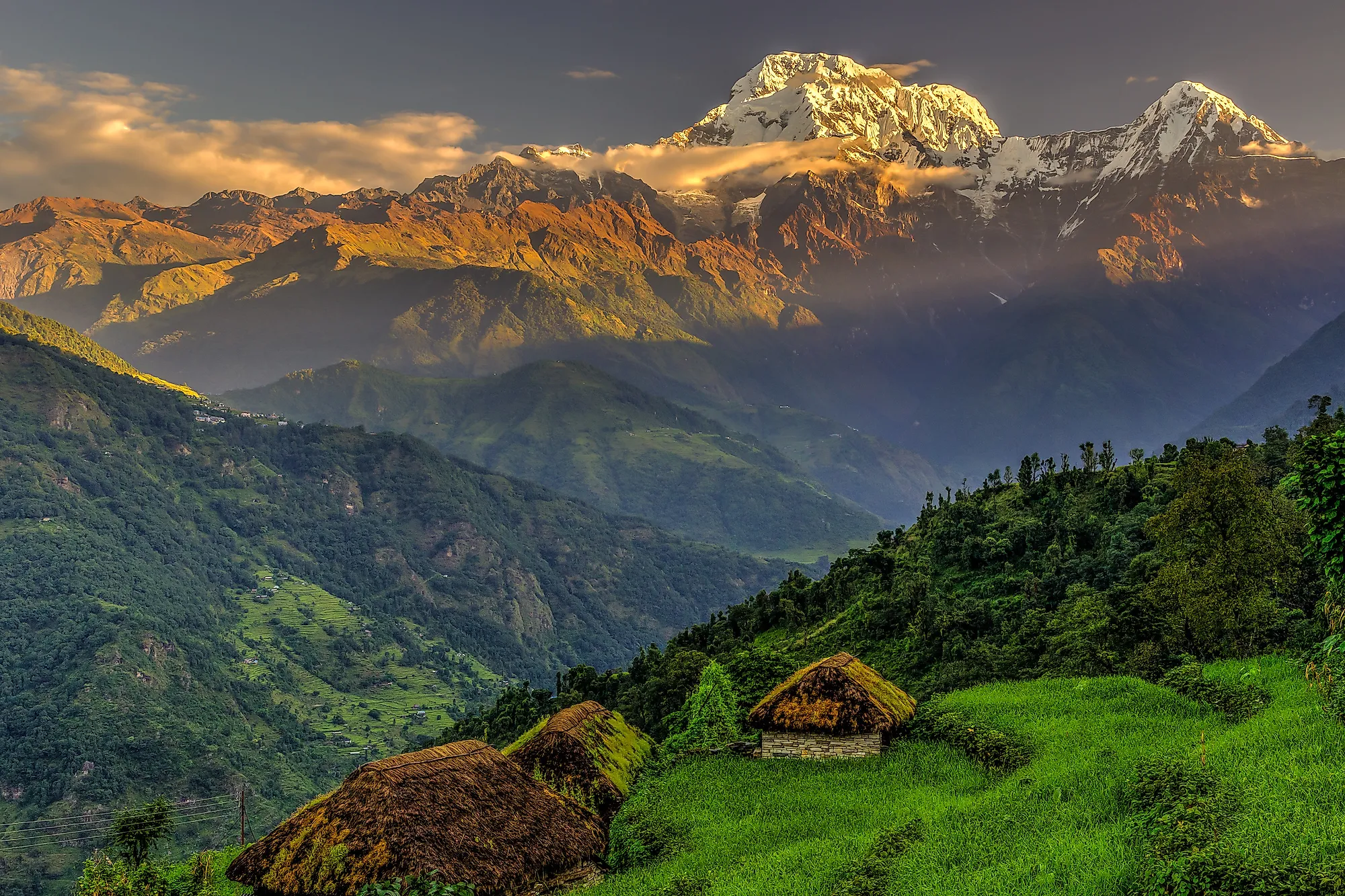
Hindu Kush:
- Originating in Afghanistan, this range cuts into Chitral in Khyber Pakhtunkhwa, Pakistan.
- Tirich Mir (7,708 m) is the highest point and a beacon for mountain climbers and cultural anthropologists.
- The range also brushes Tajikistan, forming a natural boundary between Central and South Asia.
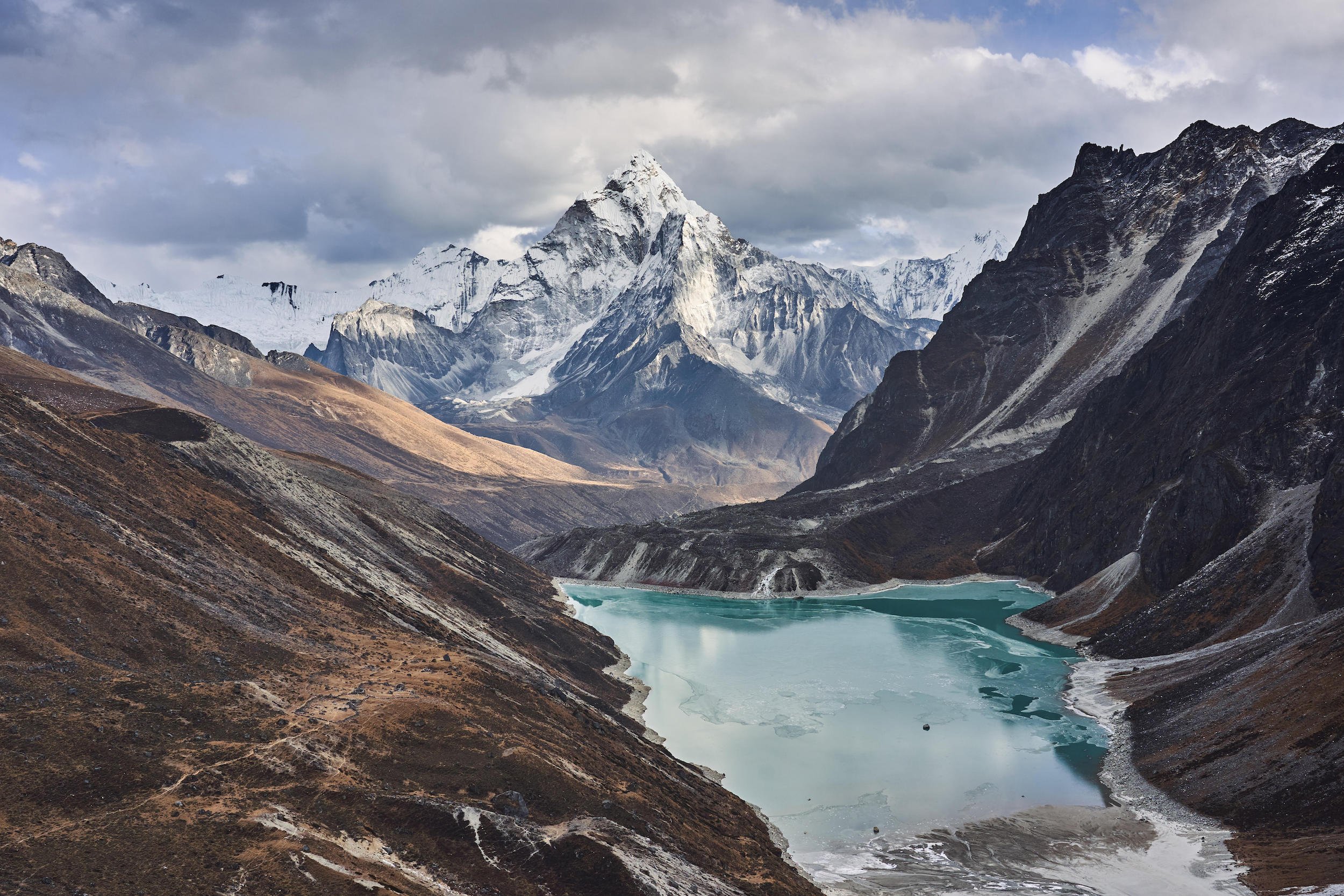
The Tri-Junction: Where Worlds Collide
The geological point of convergence for these three monumental ranges lies in northern Pakistan, primarily near Gilgit-Baltistan and Chitral. This junction is not found anywhere else on Earth and represents an exceptional opportunity to witness three distinct mountain ecosystems within a single landscape.
Karakoram–Himalayas Convergence
- Location: Near Gilgit and Hunza Valley.
- Peaks Nearby: Rakaposhi, Nanga Parbat, Masherbrum.
- Highlights: Fairy Meadows, K2 Base Camp, and the historical Karakoram Highway.
- Significance: Major tourism hotspot for adventure seekers, climbers, and photographers.
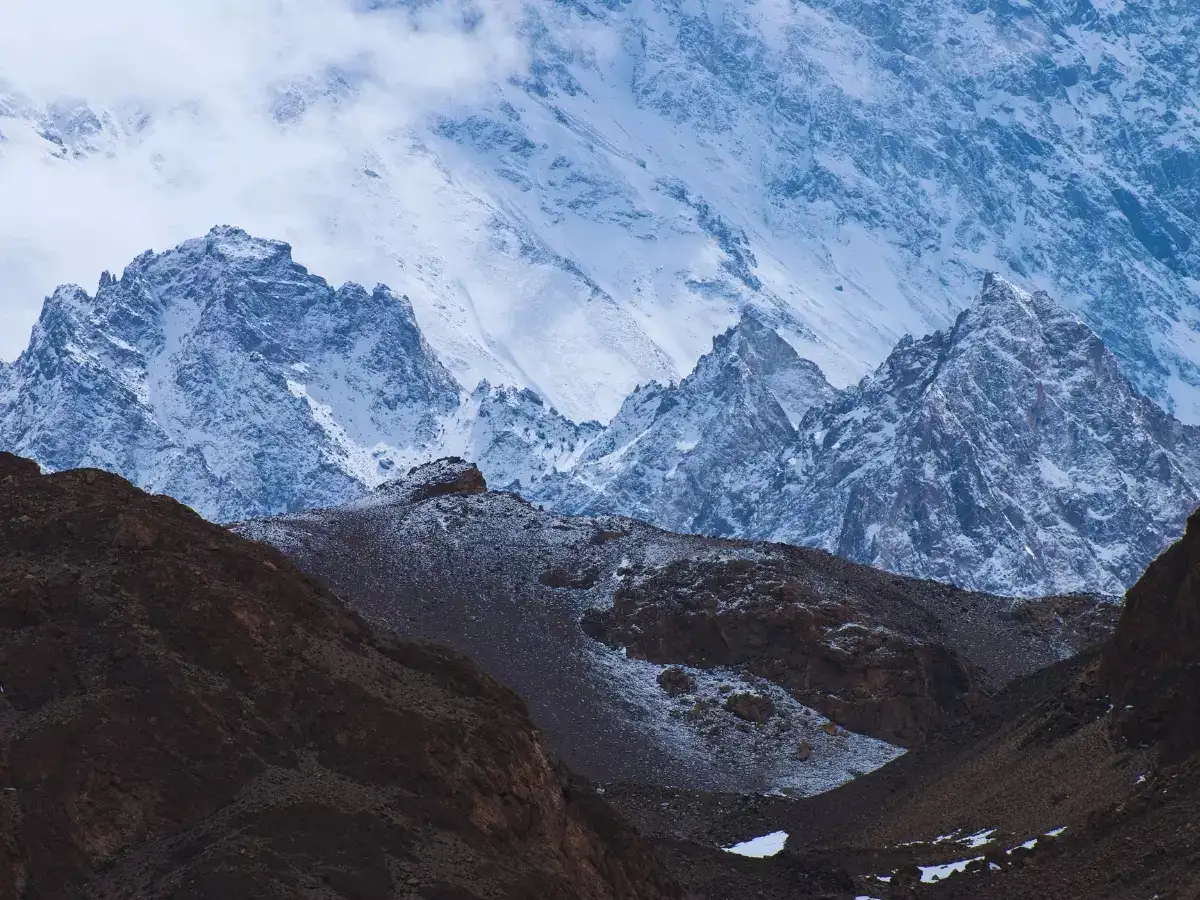
Karakoram–Hindu Kush Convergence
- Location: Chitral Valley, Khyber Pakhtunkhwa.
- Peaks Nearby: Tirich Mir, Buni Zom, Mumre.
- Highlights: Tirich Mir, Buni Zom, Mumre.
- Geopolitical Context: Borderlands of Pakistan and Afghanistan.
Himalayas–Hindu Kush Convergence
- Location: Around the Wakhan Corridor, connecting Pakistan, Afghanistan, and Tajikistan.
- Peaks Nearby: Noshaq, Bam-e-Dunya, other Hindu Kush elevations.
- Significance: Historically a Silk Road passage, now gaining attention for eco-tourism and glacial research.
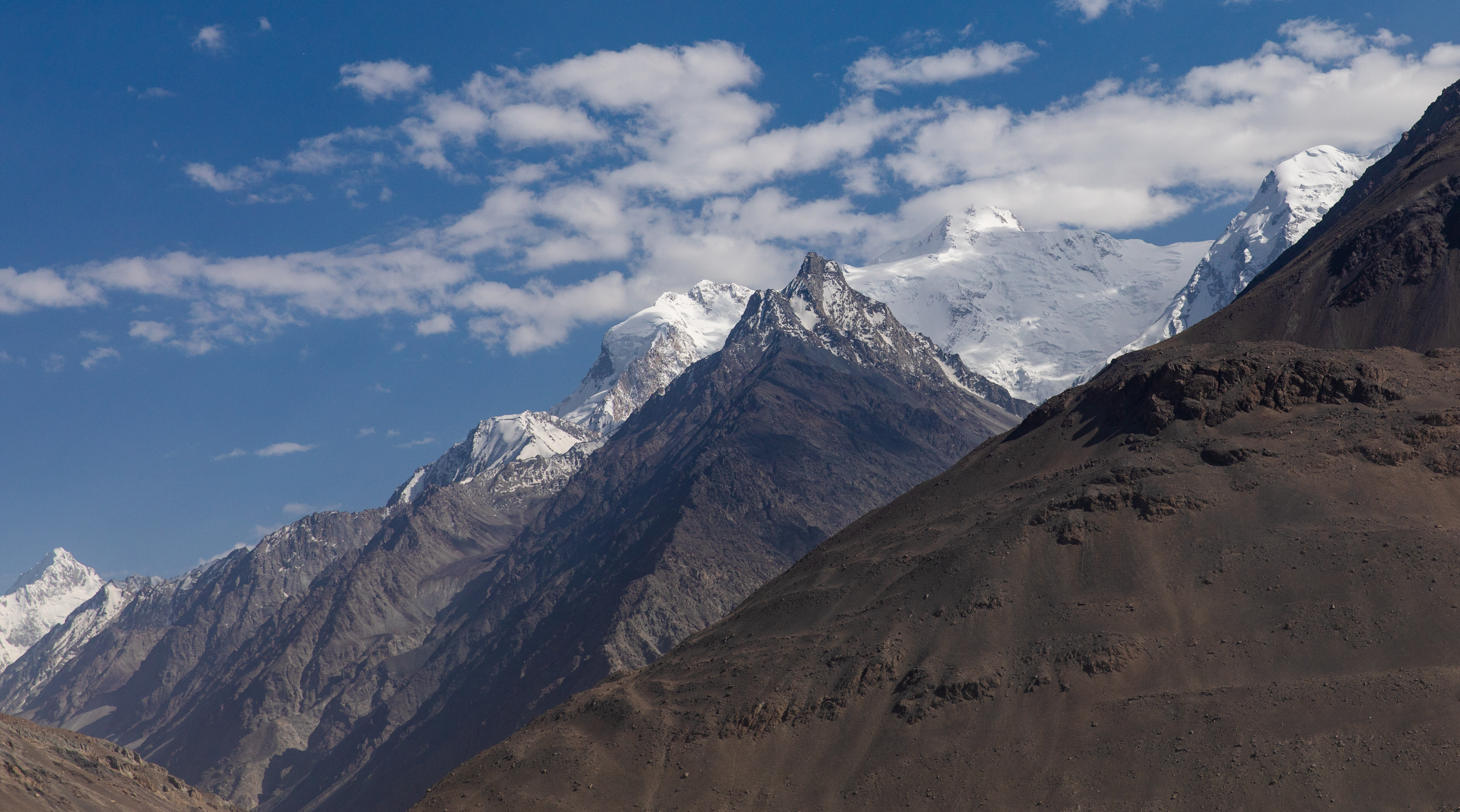
Geological and Cultural Significance
Tectonic Importance
This junction is formed by the collision of the Indian and Eurasian tectonic plates, pushing the Earth’s crust upward and giving rise to towering peaks and complex fault systems. It is one of the most geologically active and studied regions in the world.
Cultural Diversity
The region is home to various ethnic communities including:
• Hunzakuts of Gilgit-Baltistan
• Chitralis and Kalasha of Chitral
• Nomadic groups along the Wakhan Corridor
Each has preserved ancient languages, traditional lifestyles, and folklore passed down through generations.
Why This Region Matters in 2025 and Beyond
• Eco-Tourism Growth: Global focus on climate-aware travel highlights Pakistan’s northern regions for their untouched beauty and lower carbon footprint.
• Geopolitical Relevance: The proximity of China, India, and Central Asia makes this a strategic belt for future trade and diplomacy.
• Scientific Interest: Glacial monitoring and geological research are increasingly centered in this convergence zone.
Pakistan’s tri-junction is becoming a beacon of sustainable tourism, climate research, and cross-cultural exploration.
Conclusion
The meeting point of the Karakoram, Himalayas, and Hindu Kush is one of Earth's most dramatic landscapes, offering not just beauty, but also a powerful story of geology, culture, and exploration. As more travelers seek off-the-beaten-path adventures, Pakistan’s northern highlands stand ready to offer unmatched experiences.
For guided tours, trekking plans, and cultural journeys, trust Crossroads Adventure — where exploration meets expertise.
